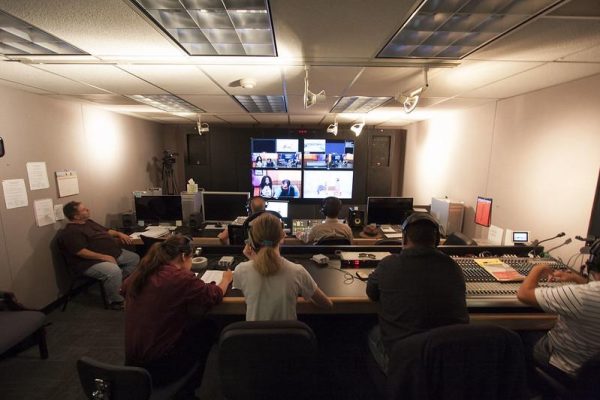Editor’s Note: Sponsored Content
A Guide to Privacy on Campus for the American Student
We spend a lotof our time on campus. In libraries, classrooms, cafes, and dorm rooms, we spend our waking hours in these spaces online working on our assignments or taking breaks from them.
Whenever you do go online, you’re probably doing so using university Wi-Fi, and if you are, chances are that the time you spend online is being monitored. From Wi-Fi hotspots on campus to swiping in and out of libraries and dorms, your university can figure out who you are, where you are, and what you’re doing. It can even predict whether you’ll drop out before you do.
What can your university track?
Let’s start with Wi-Fi. If you’re connecting to the campus Wi-Fi with any device, the Wi-Fi administrator will know every website and app you’ve been on. If you’re accessing sites that are only HTTP and not HTTPS, the administrator will know what you were clicking on and looking at specifically on the site.
Your college’s email system is most likely hosted by your college, so all correspondence that happens through it is likely being monitored too. Universities in the UK have already started doing this.
Universities can also track your physical whereabouts on campus not just through CCTV surveillance, but also through the Wi-Fi you’re connected to on your mobile device. They can pinpoint your location to the exact classroom, as they do in Australia. The reach these universities may be limited to student movements for now, but there is great potential in this technology to reflect individual student activity (or inactivity).
The University of Arizona has taken things a step further, and adopted learning analytics, collecting activity data through the ID cards distributed to first years. These ID cards can be used at the university’s nearly 700 campus locations, from libraries and labs, to vending machines and movie theaters. Every student must have one.
The argument put forward by the university is that such data collection helps the college better understand its students and lets them know the likelihood of a student dropping out.
The director of the program, Sudha Ram, explained the extent of the surveillance, saying, “It’s really not designed to track their social interactions, but you can, because you have a timestamp and location information.”
While monitoring student attendance to help prevent dropouts from happening may be well-intentioned, there is every risk of this data being abused or stolen.
Dr Richard Tynan, a technologist at Privacy International, warned the Guardian that “All data has the potential to betray you.”
“We need much more honesty, about what data is being collected and about the inferences that they’re going to make about people. We need to be able to ask the university ‘What do you think you know about me?’”
Three ways to stop your university from tracking you
The growing amount of tracking that universities can do on campus is becoming increasingly alarming. Fortunately, there are steps you can take to reclaim your online privacy not just in universities, but also wherever you’re reliant on Wi-Fi.
- This is a no-brainer, but separate your private and academic emails so that your university doesn’t get to see your personal correspondence. For an extra layer of privacy, use encrypted email services that put your privacy and security first.
- Use the Electronic Frontier Foundation’s HTTPS Everywhere browser add-on to prevent troves of insecure data from being viewed by Wi-Fi administrators.
- Get a good VPN that will encrypt all your online activity when you’re using university Wi-Fi. A VPN encrypts your data and prevents its contents from being seen by your ISP, government snoops, and hackers that may be scoping for victims on public Wi-Fi. This protection can extend to all your devices: if you have a Windows laptop, you can get a VPN for Windows.
One more thing you should take some time to do is to read your university’s privacy practices (or lack thereof) and to figure out just how much information your university is entitled to gather from your online activity. Once you do, you’ll have a better understanding of what you can do to protect yourself online when you’re on campus.


